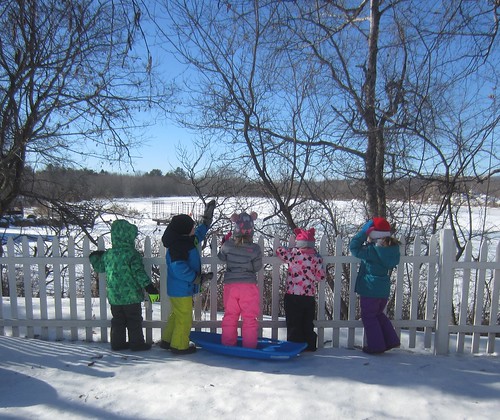 Despite the cold, the children were anxious to get outside each day, where they would run, climb up and slip down the little hill, play pretend games, slip around on the ice, and pull each other in sleds.
Despite the cold, the children were anxious to get outside each day, where they would run, climb up and slip down the little hill, play pretend games, slip around on the ice, and pull each other in sleds.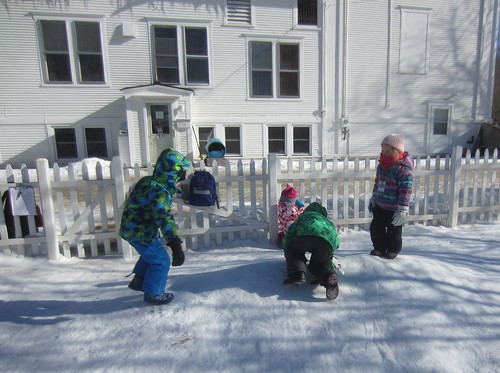


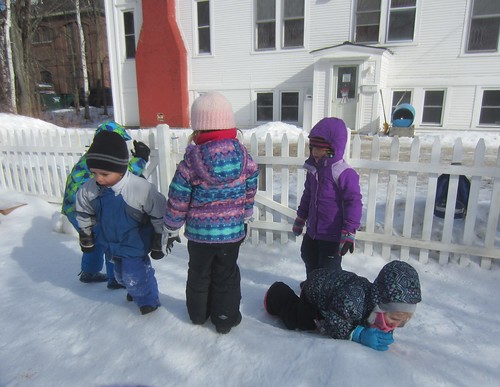

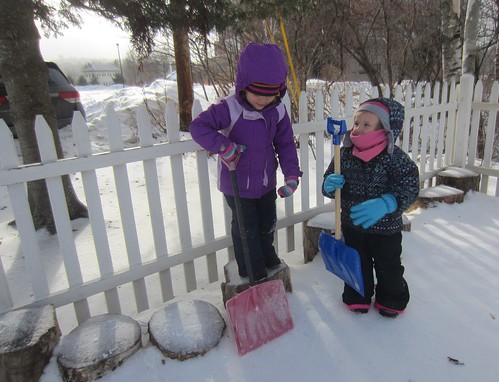
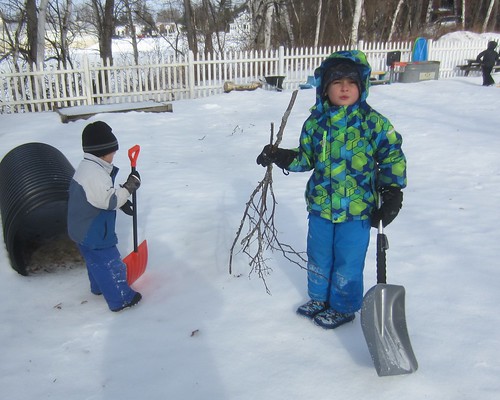 For Monday art we read the story Perfect Square by Michael Hall about a square that is cut, torn, and taken apart to then reassemble itself into new pictures, such as a fountain, bridge, river, and mountain. Each child selected a color square, then cut or tore it into pieces, then glued the pieces onto paper to make a new design.
For Monday art we read the story Perfect Square by Michael Hall about a square that is cut, torn, and taken apart to then reassemble itself into new pictures, such as a fountain, bridge, river, and mountain. Each child selected a color square, then cut or tore it into pieces, then glued the pieces onto paper to make a new design.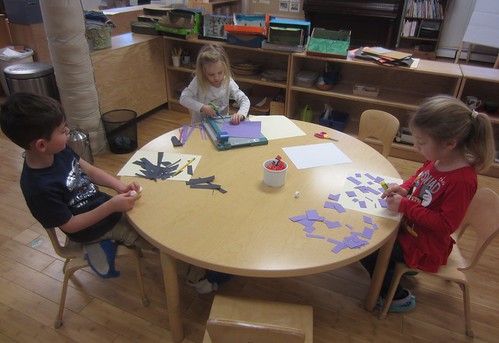 Tuesday morning the children made some Thank you cards for Officer Lucas, in appreciation of his visit last week, when he introduced mammals and played a matching game with us.
Tuesday morning the children made some Thank you cards for Officer Lucas, in appreciation of his visit last week, when he introduced mammals and played a matching game with us.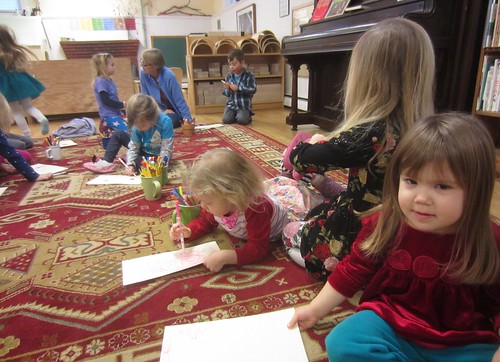
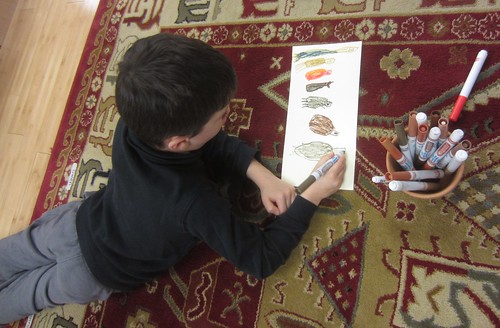 At the art table, children continued work on their dioramas, and some began to make mini fairy puppets and theaters.
At the art table, children continued work on their dioramas, and some began to make mini fairy puppets and theaters.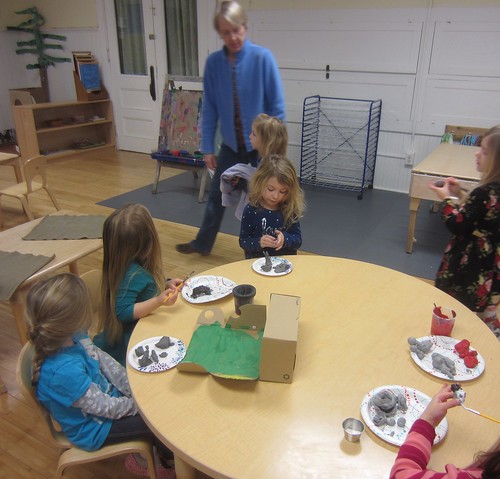
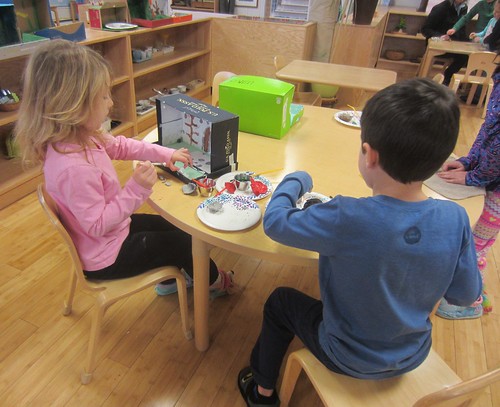
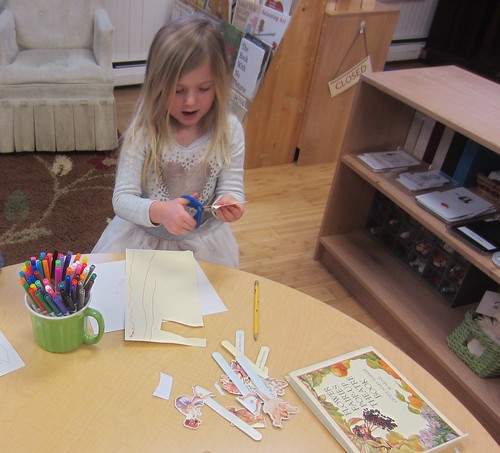 We began discussing what animals do in winter, including adapt, migrate, and hibernate. The children pretended to be chipmunks, bears, frogs, birds, etc. searching for and storing up food, finding a den and going to sleep, burying down into the mud, and flying south. We discussed how some animals may adapt by growing in thicker fur, growing a new colored camouflage coat, changing their eating habits, and packing down paths in the snow for quicker movement.
We began discussing what animals do in winter, including adapt, migrate, and hibernate. The children pretended to be chipmunks, bears, frogs, birds, etc. searching for and storing up food, finding a den and going to sleep, burying down into the mud, and flying south. We discussed how some animals may adapt by growing in thicker fur, growing a new colored camouflage coat, changing their eating habits, and packing down paths in the snow for quicker movement.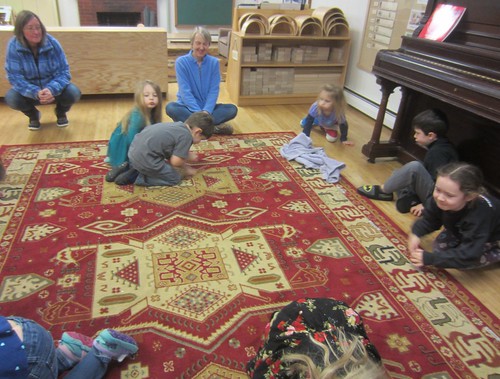

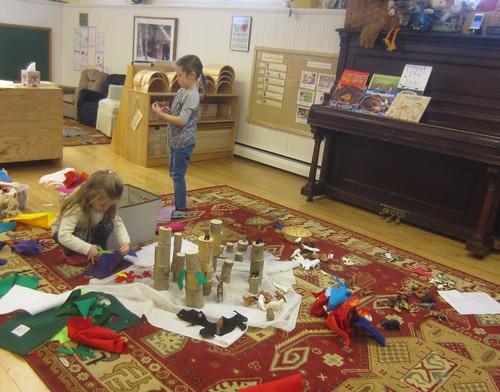
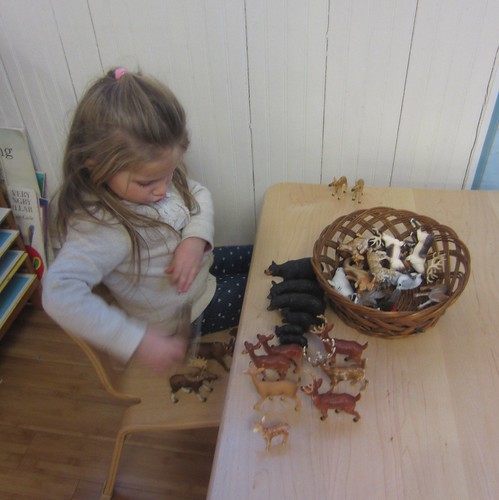 On Wednesday we pretended to be hibernating and dormant animals, such as chipmunks and bears. As bears we ate LOTS of food to build up our fat layers to act as insulation and sustenance during the winter when we would not be moving or eating for months at a time. We discussed how animals stay warm in the winter. Everyone was given an ice cube, which they held in their bare hands. The children shared how people can stay warm by staying inside with heat, and putting on lots of layers and protective clothing when going out. They shared that animals stay warm because they have thick coats of fur and many build up layers of fat under their skin, which acts as insulation. We took turns putting on a cloth mitten, a blubber mitten, and a fur mitten and holding our ice cubes to see how they insulate from the cold.
On Wednesday we pretended to be hibernating and dormant animals, such as chipmunks and bears. As bears we ate LOTS of food to build up our fat layers to act as insulation and sustenance during the winter when we would not be moving or eating for months at a time. We discussed how animals stay warm in the winter. Everyone was given an ice cube, which they held in their bare hands. The children shared how people can stay warm by staying inside with heat, and putting on lots of layers and protective clothing when going out. They shared that animals stay warm because they have thick coats of fur and many build up layers of fat under their skin, which acts as insulation. We took turns putting on a cloth mitten, a blubber mitten, and a fur mitten and holding our ice cubes to see how they insulate from the cold.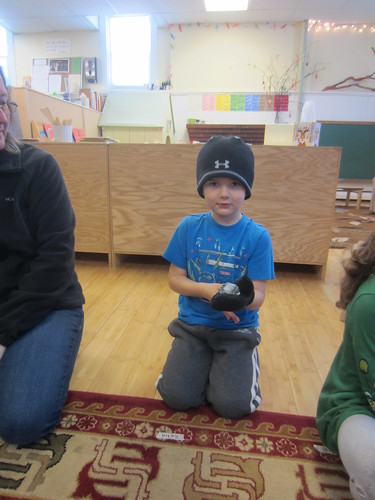
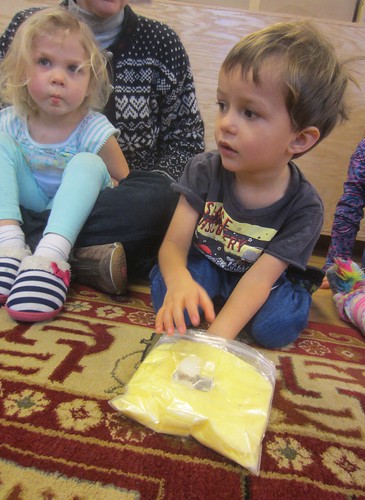
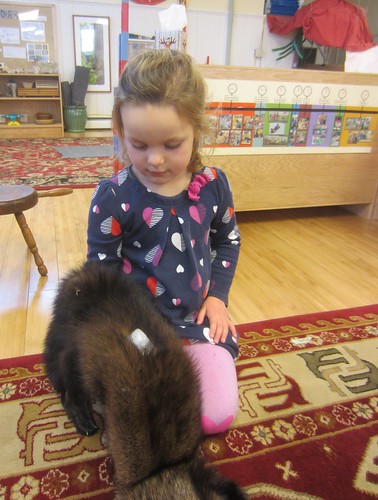
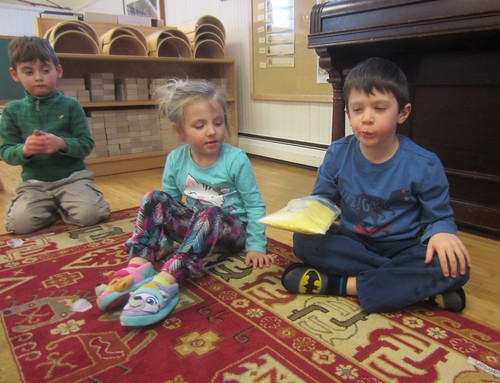
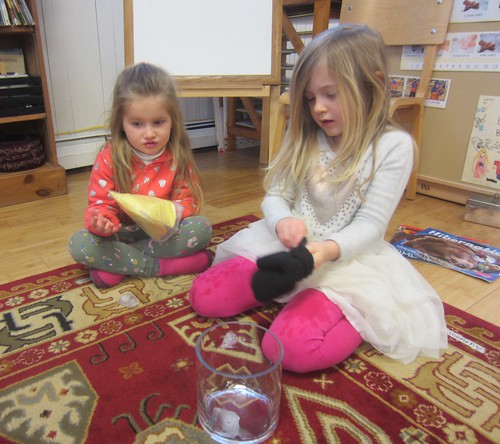 We introduced the practice of making silence. We looked at a calming picture, then rang a chime and flipped the picture to the word silence, then we sat silently and listened to the noises around us. When the picture was turned back around, we stopped making silence. We discussed the noises we heard. One distinct clicking sound had been quite prominent, and the children originally thought maybe it was the ticking of the clock, but upon further listening discovered that it was inconsistent, unlike a clock. The children took the morning to solve the mystery of the clicking, and they found that the noises were made by the heating pipes.
We introduced the practice of making silence. We looked at a calming picture, then rang a chime and flipped the picture to the word silence, then we sat silently and listened to the noises around us. When the picture was turned back around, we stopped making silence. We discussed the noises we heard. One distinct clicking sound had been quite prominent, and the children originally thought maybe it was the ticking of the clock, but upon further listening discovered that it was inconsistent, unlike a clock. The children took the morning to solve the mystery of the clicking, and they found that the noises were made by the heating pipes.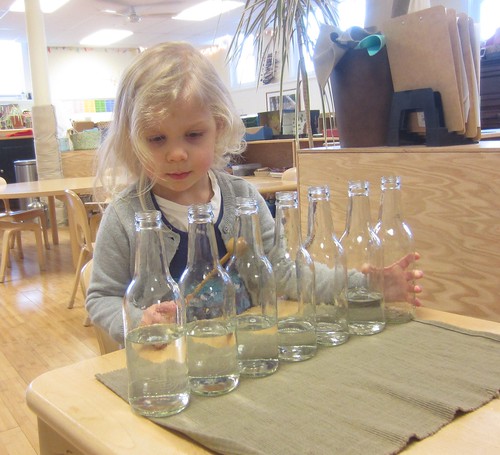

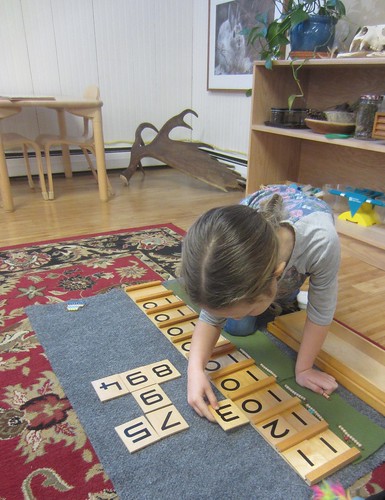
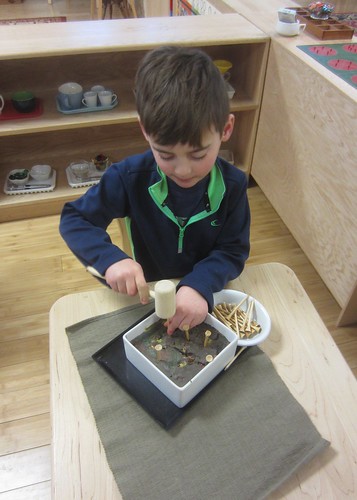
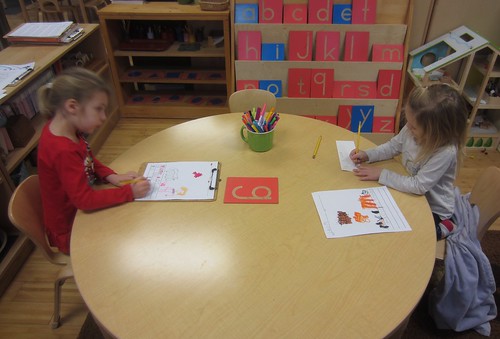

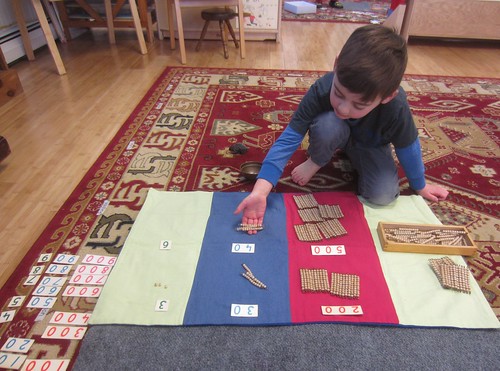
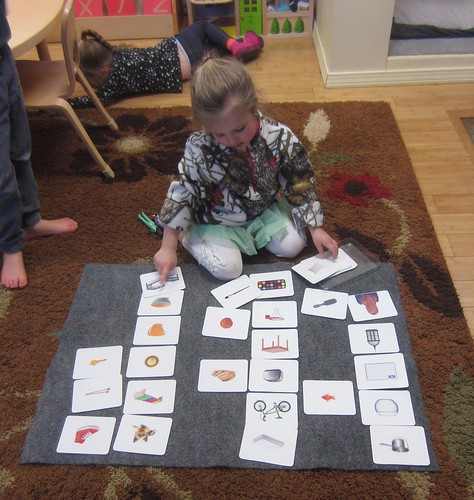
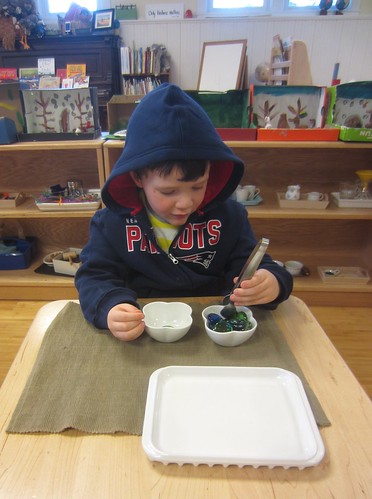
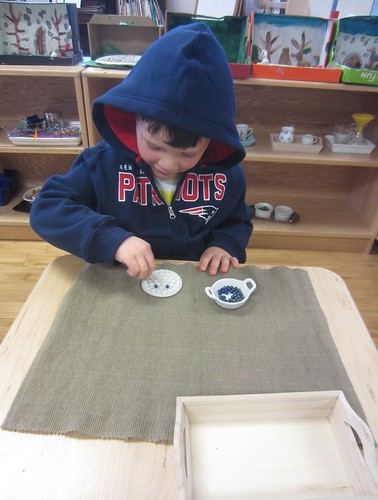
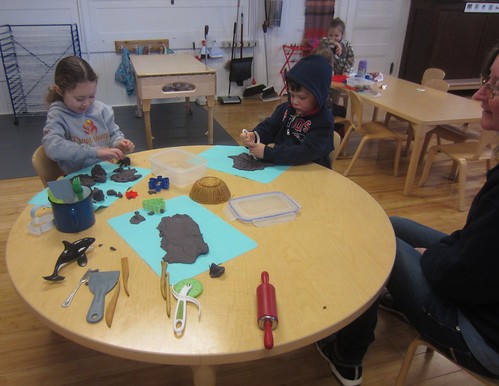

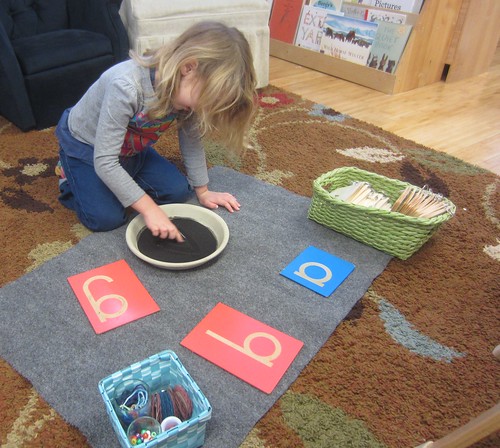
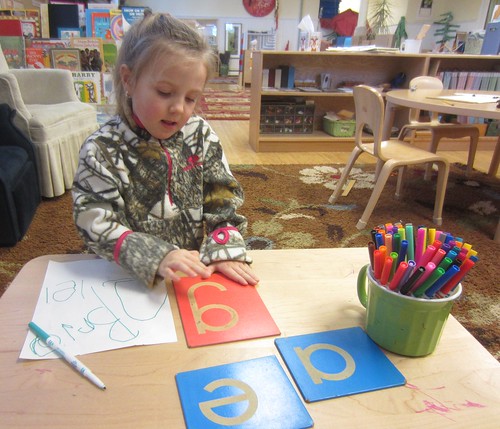
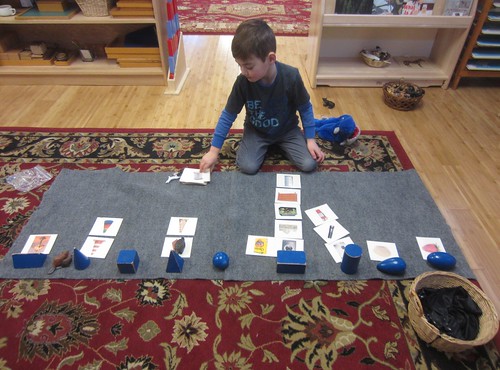
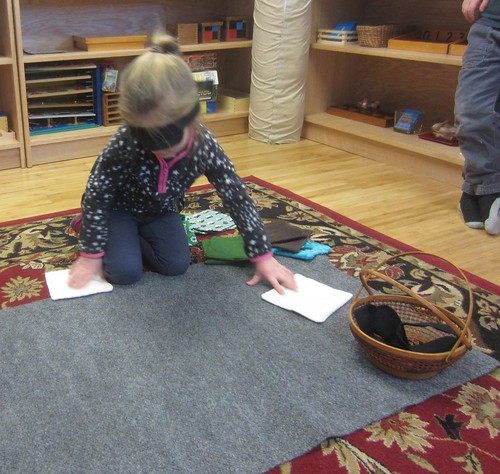

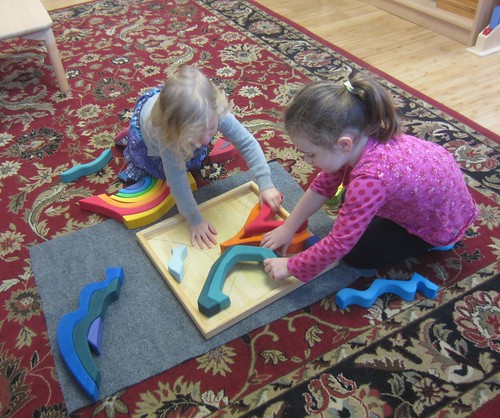

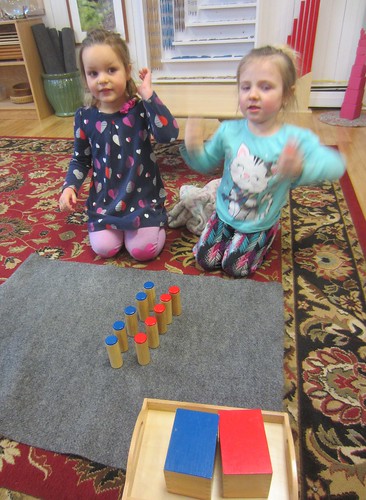
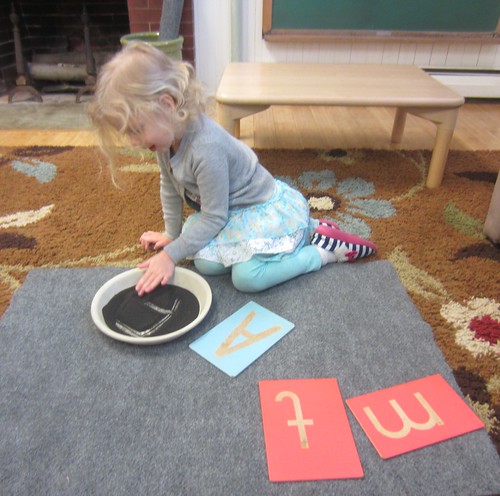
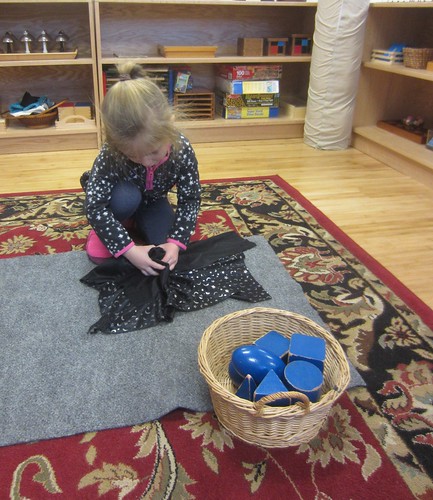
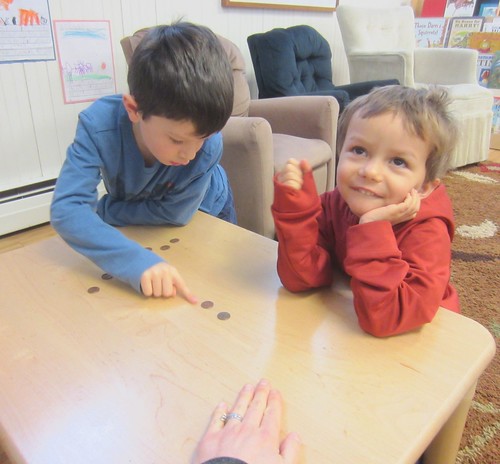
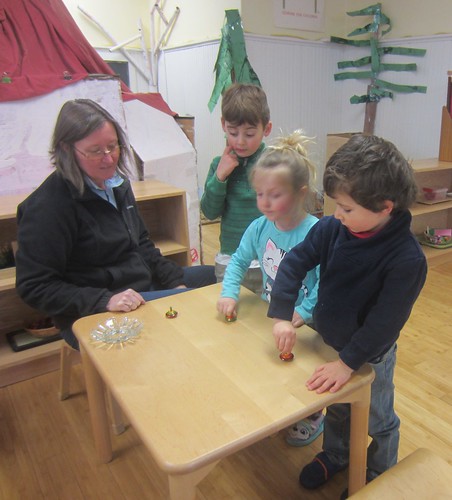
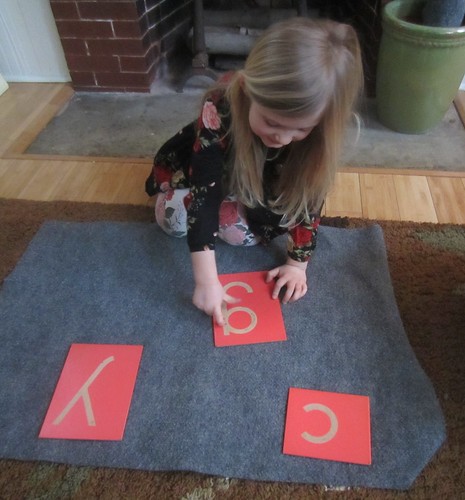

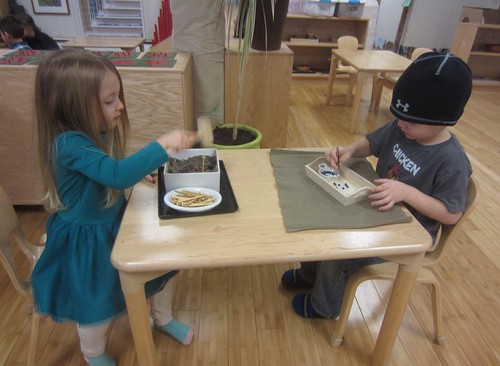
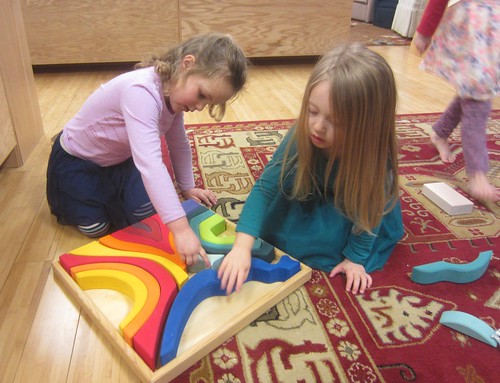

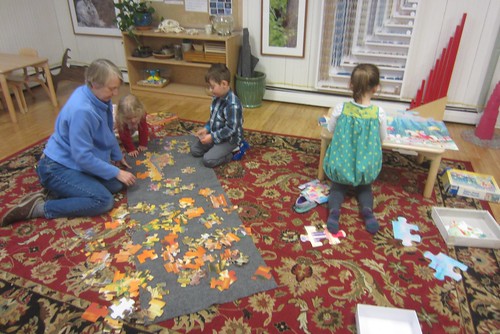
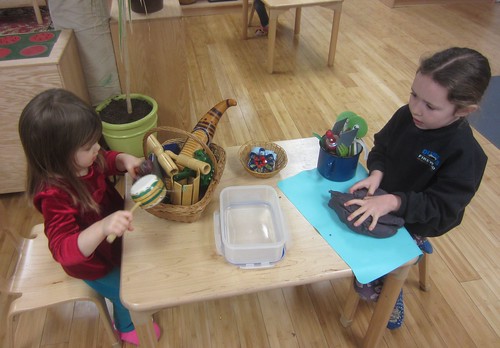
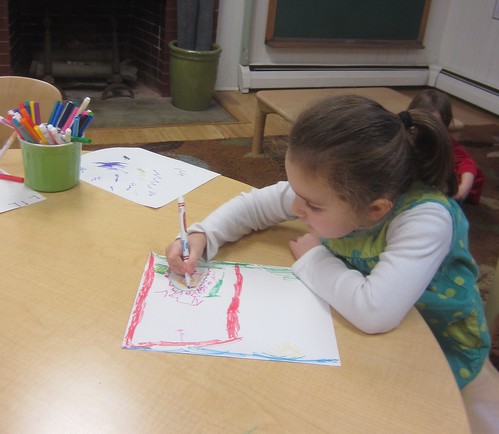

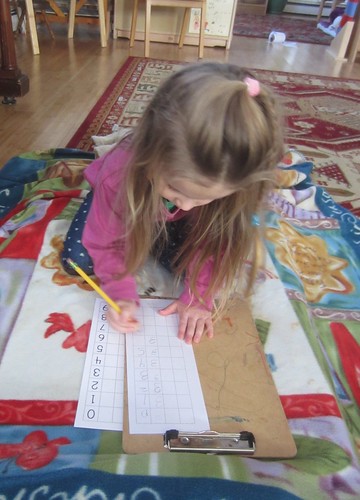
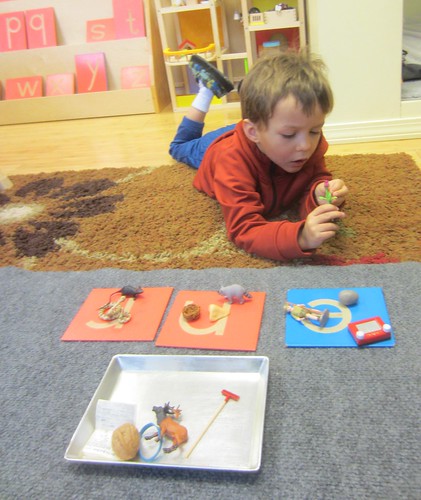 Pooh came from Believe in Books with Andrea and Connie on Thursday. Connie read a story about Pooh and Piglet searching for the flying dragon that Tigger and Roo found down by the river. They asked everyone if they had seen a dragon fly, and although everyone else had seen it, Pooh and Piglet could not find it, until they finally spotted the dragonfly at the river. Children who wanted to gave Pooh a fist bump or a wave to avoid spreading any germs we might have, then each chose a book to take home.
Pooh came from Believe in Books with Andrea and Connie on Thursday. Connie read a story about Pooh and Piglet searching for the flying dragon that Tigger and Roo found down by the river. They asked everyone if they had seen a dragon fly, and although everyone else had seen it, Pooh and Piglet could not find it, until they finally spotted the dragonfly at the river. Children who wanted to gave Pooh a fist bump or a wave to avoid spreading any germs we might have, then each chose a book to take home.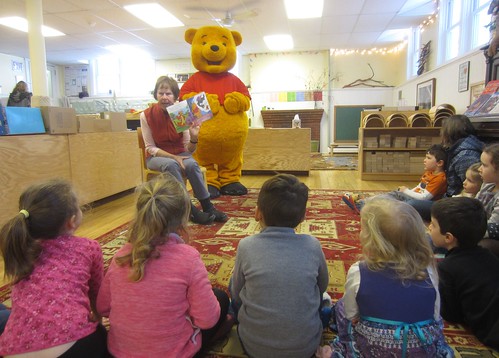
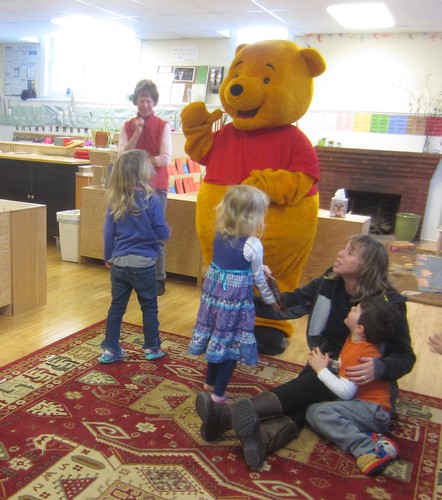 Before heading out for a short recess, we did some scarf dancing then set up and did an obstacle course, walking over chairs, sliding under tables, stepping through hoops, walking a balance line, and tiptoeing over the stepping stones.
Before heading out for a short recess, we did some scarf dancing then set up and did an obstacle course, walking over chairs, sliding under tables, stepping through hoops, walking a balance line, and tiptoeing over the stepping stones.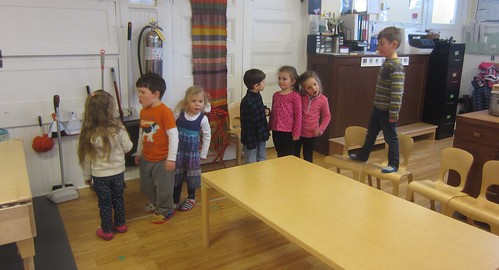
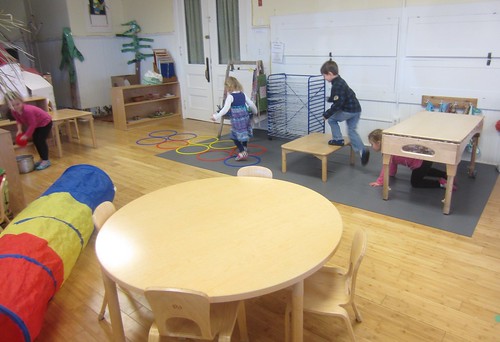

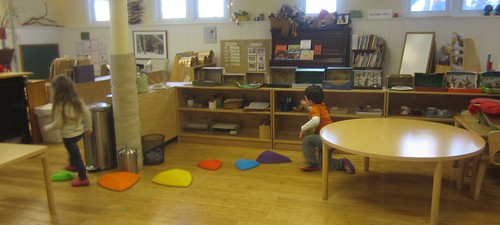 Friday students continued to learn about measuring. We read the story How Big Is a Foot? by Rolf Myller, then learned how to properly measure using a ruler, by aligning the end of the ruler exactly with the end of the item being measured, and using a finger to mark the end of the ruler where we would place the beginning of the ruler to continue our measuring.
Friday students continued to learn about measuring. We read the story How Big Is a Foot? by Rolf Myller, then learned how to properly measure using a ruler, by aligning the end of the ruler exactly with the end of the item being measured, and using a finger to mark the end of the ruler where we would place the beginning of the ruler to continue our measuring.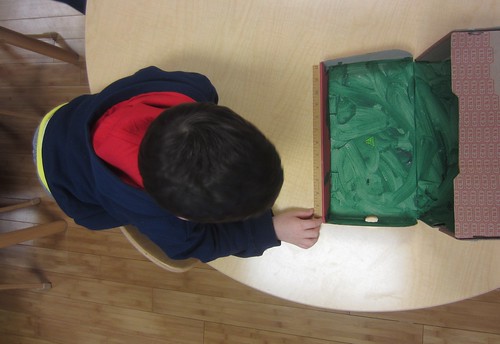

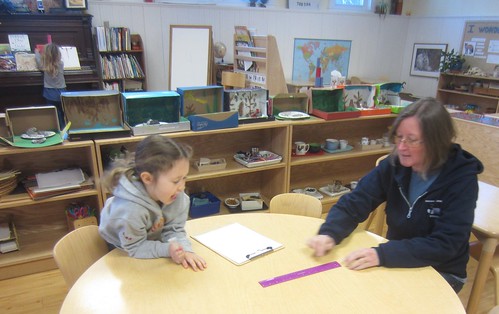
Migration, Adaptation, Hibernation
January 27, 2018
